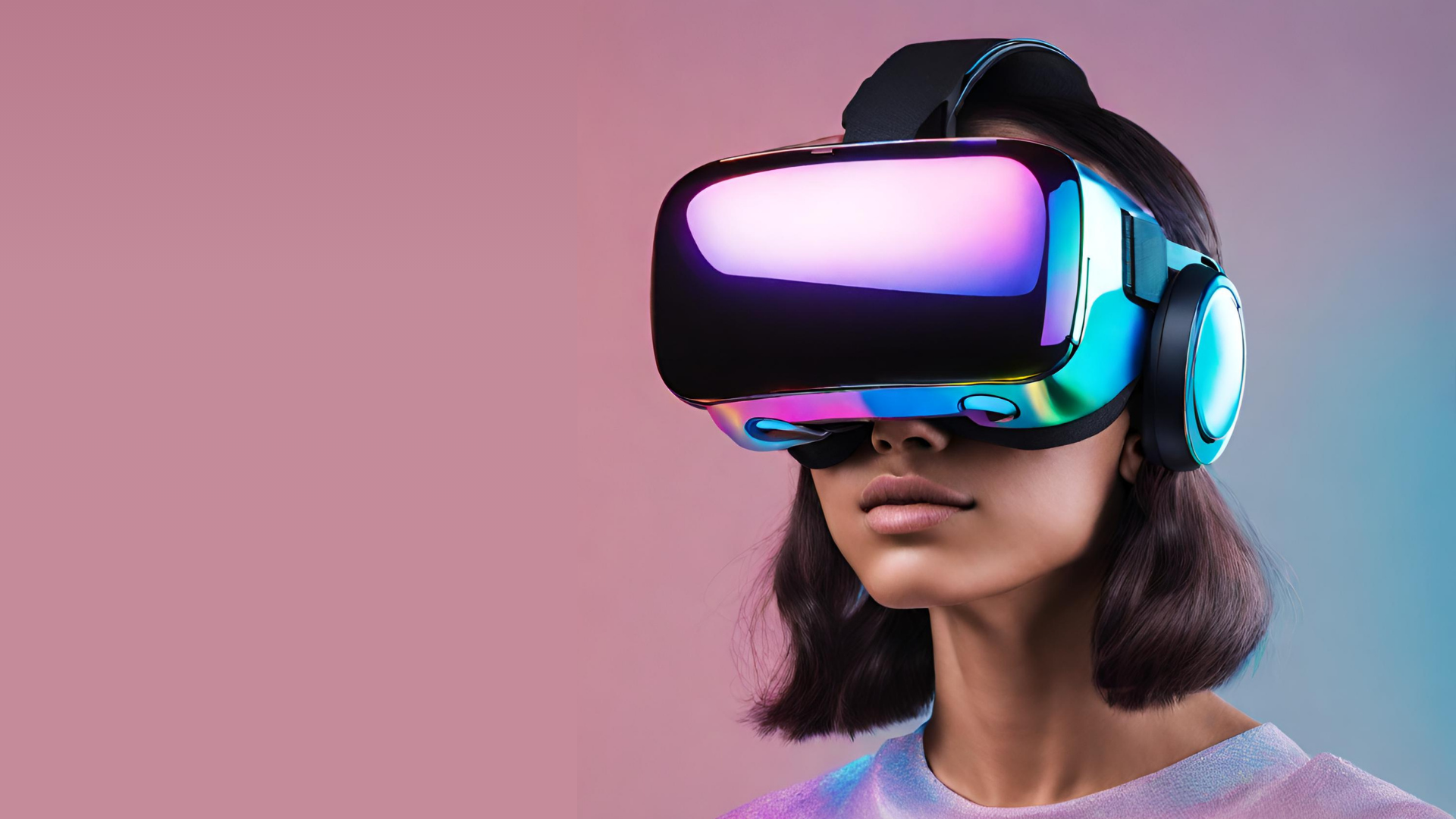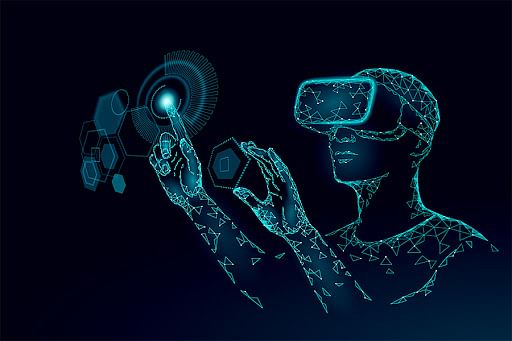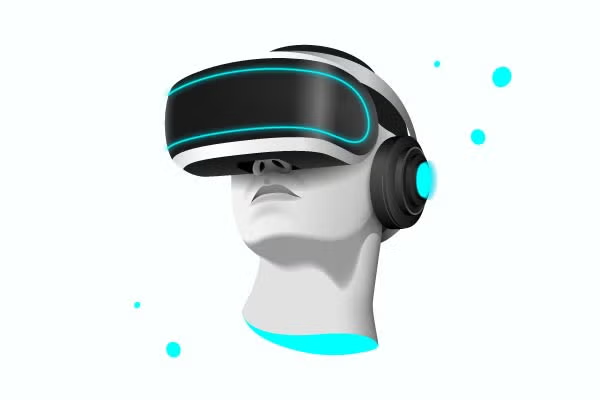Virtual Reality: The Ultimate Revolution in Immersive Experiences
- Update Time : Monday, May 6, 2024

Virtual reality is a technology that creates a simulated environment. It immerses users in a digital world by using a headset and other devices to track their movements and interactions within that world.
Virtual reality has become increasingly popular in recent years, with applications in gaming, education, healthcare, and more. The technology allows users to experience situations that would be difficult or impossible in the real world, such as exploring a distant planet or practicing surgery.
As the technology continues to advance, the possibilities for virtual reality are endless. From entertainment to education, virtual reality is changing the way we experience the world around us.

Credit: viso.ai
Evolution Of Virtual Reality
The evolution of virtual reality has seen significant advancements since its early developments. In the beginning, VR technology was limited and primarily used for simulation and training purposes. However, with technological advancements, VR has become more accessible to the general public, offering immersive experiences in various fields such as gaming, education, and healthcare. The early developments in VR laid the foundation for the sophisticated systems and devices that are available today. These advancements have not only improved the quality of virtual experiences but have also made VR more user-friendly and interactive, enhancing its potential for widespread application across industries.
Applications In Various Industries
Virtual reality (VR) has made significant advancements in recent years, finding applications across various industries. In the realm of gaming and entertainment, VR has revolutionized the way people experience digital worlds, offering immersive and interactive environments.
In healthcare, VR technology has been utilized for medical training, patient therapy, and even surgical simulations, providing a safe and controlled environment for learning and practice.
Education and training have also benefited from VR, as it allows for interactive learning experiences and simulations that enhance understanding and retention of complex concepts and procedures.
Impact On User Experiences
Enhanced Immersion: Virtual reality technology has revolutionized user experiences by immersing them in simulated environments. This heightened level of immersion enables users to engage with content in a more intuitive and captivating manner.
Interactivity and Engagement: Through virtual reality, users can actively participate in interactive experiences, leading to a greater sense of engagement and personalization. This technology fosters an environment where users can explore and interact with content in ways previously unimaginable.

Credit: www.simplilearn.com
Challenges And Limitations
Technological Constraints
Virtual reality technology faces limitations in terms of hardware, software, and connectivity. The devices require high processing power and memory, making them expensive and not easily accessible to everyone. Additionally, the complexity of creating realistic virtual environments poses a challenge for developers. Health Concerns
Extended use of virtual reality headsets can lead to discomfort, motion sickness, and eye strain. Prolonged exposure may also impact postural stability and hand-eye coordination. These health concerns need to be addressed to ensure the widespread adoption of virtual reality technology.
Future Trends In Virtual Reality
Virtual Reality is evolving rapidly, with Augmented Reality playing a significant role. Integration of AR enhances user experiences in VR environments. Social VR experiences enable collaboration among users, fostering engagement and interaction. The future of VR lies in seamless AR integration and immersive collaborative experiences.
Ethical Considerations
Virtual reality technology raises several ethical considerations, particularly in regard to privacy issues. The immersive nature of virtual reality experiences can potentially intrude on individuals’ privacy, as it collects and processes personal data. Moreover, the use of VR in social interactions may impact the boundaries between public and private spaces. It is essential for developers and users to prioritize ethical practices to mitigate these concerns. Implementing transparent data collection and usage policies is crucial to ensure the protection of individuals’ privacy. Additionally, promoting responsible and respectful behavior in virtual environments can help maintain the integrity of social interactions in VR settings.
Virtual Reality In The Pandemic Era
Virtual Reality has revolutionized remote work and collaboration by immersing users in virtual environments. Companies are embracing VR technology to facilitate virtual events and conferences. Through VR, individuals can interact seamlessly, fostering engagement and connectivity.

Credit: www.perforce.com
Frequently Asked Questions
Does Or Feel Like Real Life?
Virtual reality can feel immersive, but it’s not identical to real life due to sensory limitations.
How Is Or Used Today?
VR is used today in various industries, such as gaming, education, healthcare, and training. It offers immersive experiences through virtual environments and simulations. VR technology is also used for therapy, marketing, and design. Its potential applications are continuously evolving as the technology advances.
How Does Or Actually Work?
VR works by creating a simulated environment that tricks your brain into believing you are somewhere else. This is done through a combination of specialized software, hardware such as headsets and controllers, and sensors that track your movements and translate them into the virtual world.
As you move and interact with the virtual environment, the VR system updates what you see and hear in real-time.
Is Virtual Reality Good Or Bad For You?
Virtual reality can have both positive and negative effects on individuals. It can enhance learning experiences and offer immersive entertainment but may also lead to eye strain and disorientation if used excessively. Moderation and breaks are key.
Conclusion
In the fast-evolving tech landscape, Virtual Reality offers endless possibilities for immersive experiences. From entertainment to education, VR is reshaping industries and revolutionizing how we interact with digital content. Embracing VR technology opens doors to a new dimension of creativity and engagement, promising an exciting future ahead.


















Leave a Reply